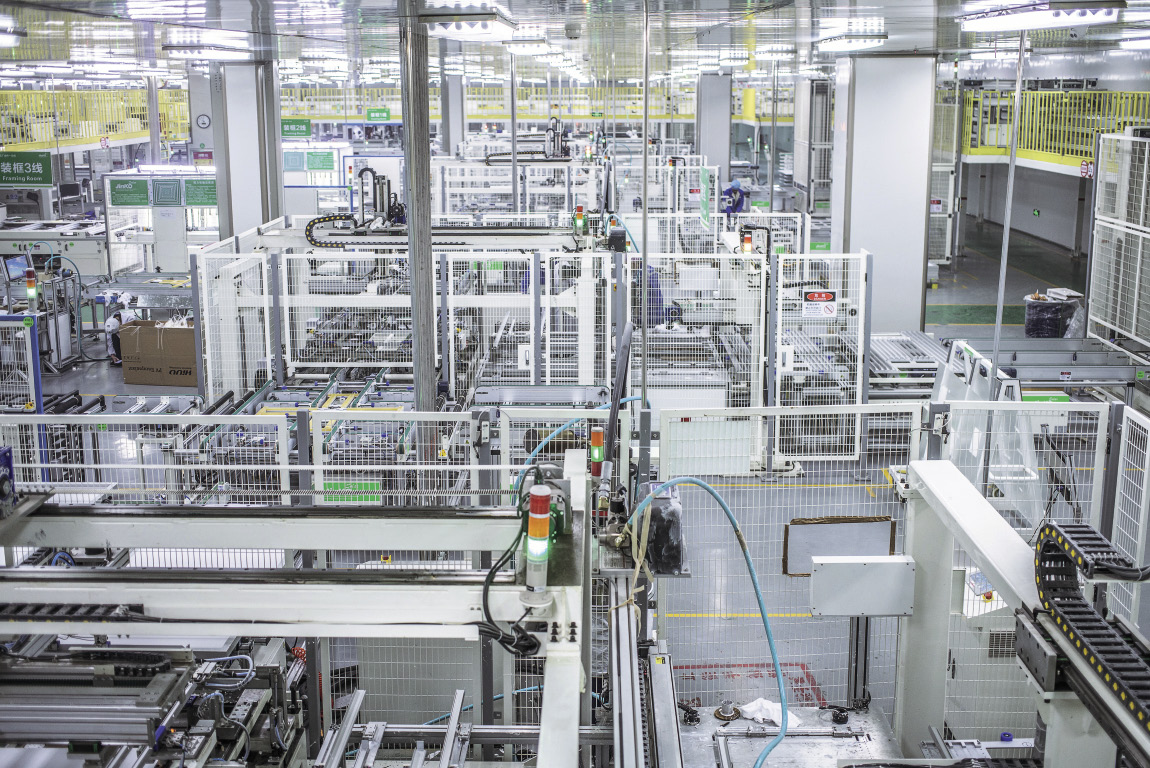In its latest financial results, Chinese solar module manufacturer JinkoSolar defined 2020 as a very difficult year due to the Covid-19 crisis and constant volatility in both upstream and downstream businesses.
Despite the challenging market conditions, the panel maker was able to raise its annual shipments by 31.4% year-on-year to 18.77 GW and its turnover by 18.1% to CNY35.13 billion ($5.38 billion). The revenue growth was directly linked to the increased shipments and a decline in average product prices was pointed out as responsible for the lower than expected income.
The company's operating result climbed 3.2% to CNY1.73 billion ($273.6 million), while net profit fell from CNY898.7 million to CNY230.4 million ($35.3 million). For the profit drop, the manufacturer blamed a $111.2 million loss of change in fair value of convertible senior notes and call option.
As for the fourth quarter of 2020, the operating result plunged year-on-year from CNY 594.8 million to RMB71.6 million. In the period, Jinko also posted a net loss of RMB377.0 million ($57.8 million), which compares to a net profit of RMB369.5 million in the fourth quarter of 2019. Quarterly turnover was CNY9.42 billion ($1.44 billion) and shipments totaled 5,774 MW.
“The continuous volatility in the industrial value chain further highlighted the resilience to risk of integrated manufacturers,” said Jinko CEO, Xiande Li. “Meanwhile, economic uncertainties continued to concentrate key players and heightened competition for “survival of the fittest” and rewarded highly adaptive companies to gain more market share.”
Looking forward, Jinko said that demand for modules will revive once market prices stabilized, and that supply is currently sufficient in most segments of the supply chain. For the first quarter, the manufacturer expects revenue to come in at between $1.18 billion and $1.30 billion and shipments to reach up to 5 GW.
“We expect total shipments in 2021 to grow over 30%, to be in the range of 25 to 30 GW,” Li stated. “By the end of 2021, we expect our in-house annual production capacity of monocrystalline silicon wafers, high-efficiency solar cells and modules to reach 33 GW, 27 GW and 37 GW, respectively.”
This content is protected by copyright and may not be reused. If you want to cooperate with us and would like to reuse some of our content, please contact: editors@pv-magazine.com.




2 comments
By submitting this form you agree to pv magazine using your data for the purposes of publishing your comment.
Your personal data will only be disclosed or otherwise transmitted to third parties for the purposes of spam filtering or if this is necessary for technical maintenance of the website. Any other transfer to third parties will not take place unless this is justified on the basis of applicable data protection regulations or if pv magazine is legally obliged to do so.
You may revoke this consent at any time with effect for the future, in which case your personal data will be deleted immediately. Otherwise, your data will be deleted if pv magazine has processed your request or the purpose of data storage is fulfilled.
Further information on data privacy can be found in our Data Protection Policy.